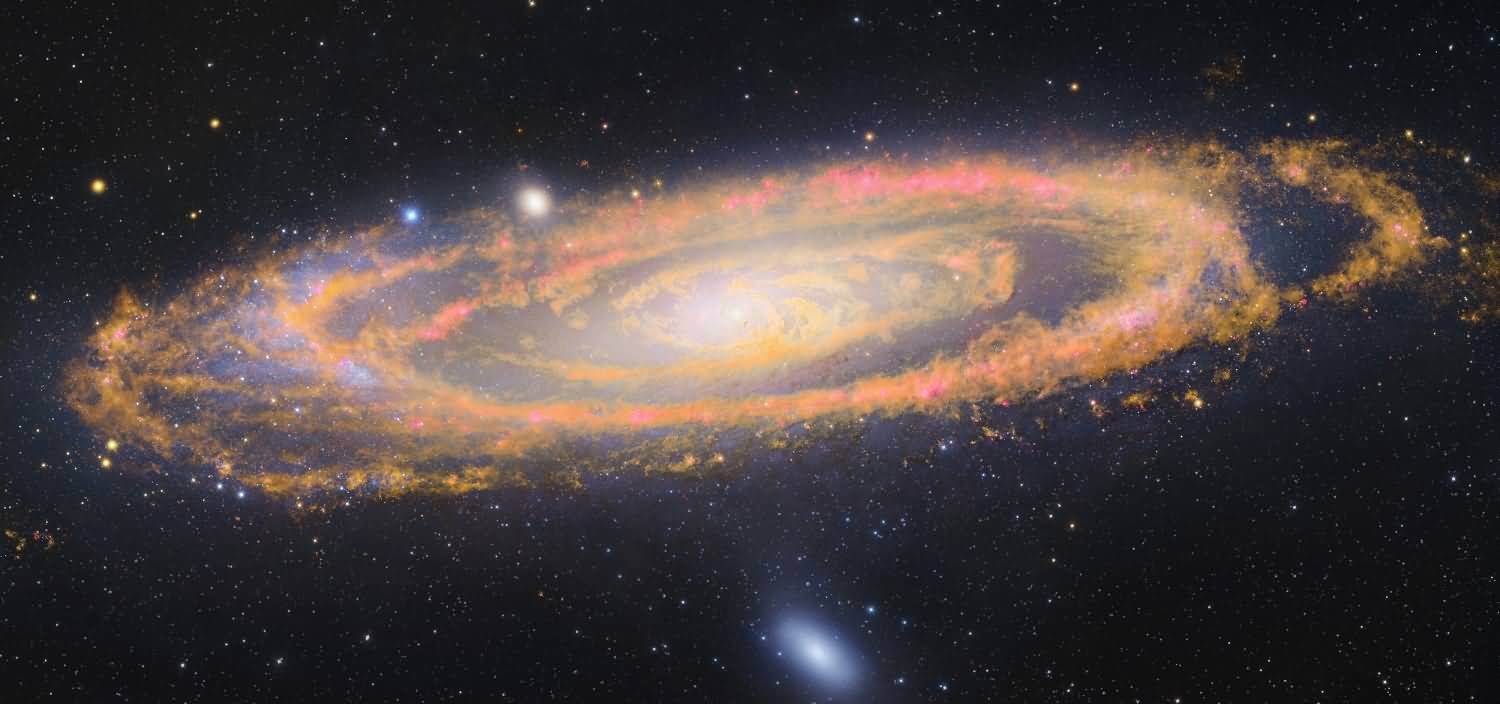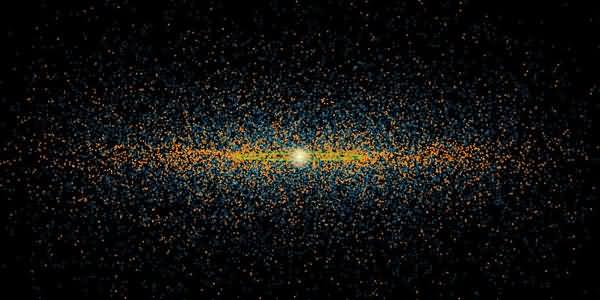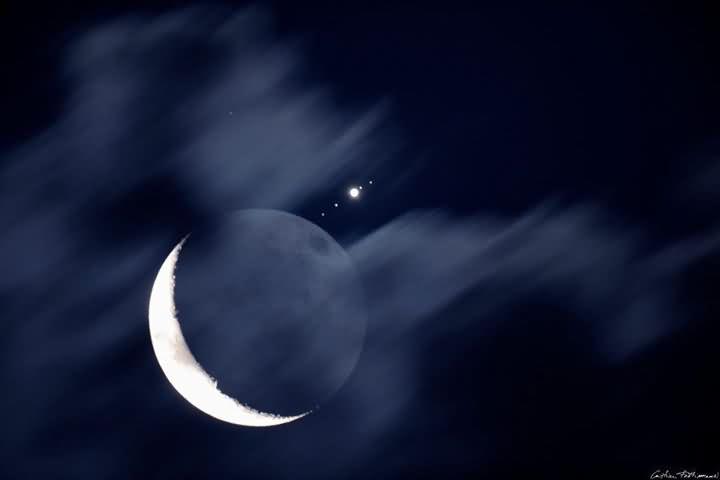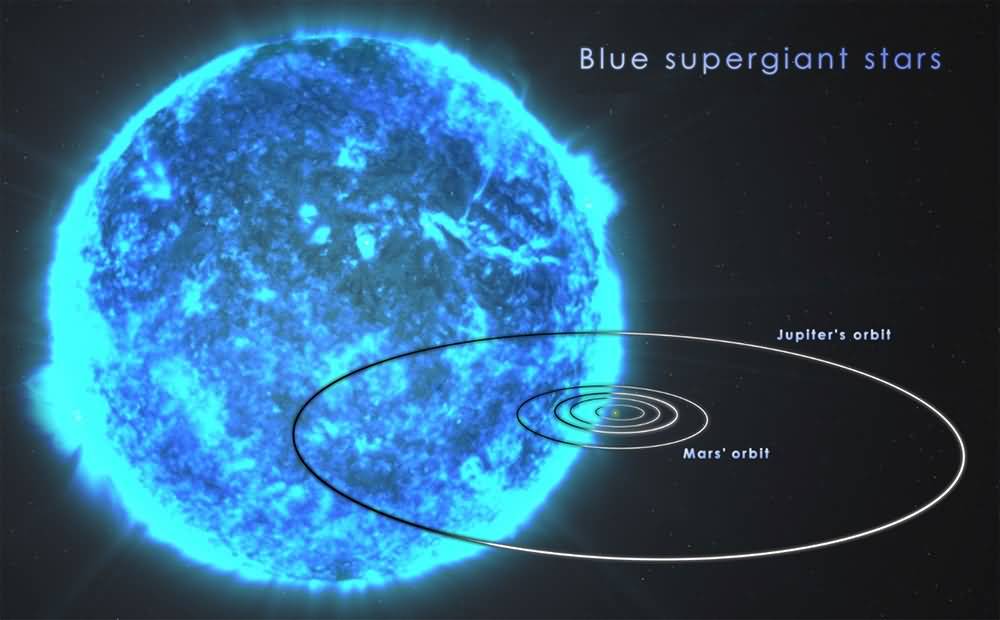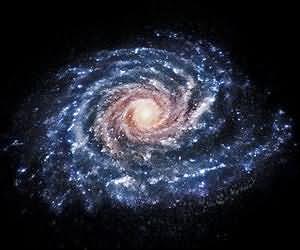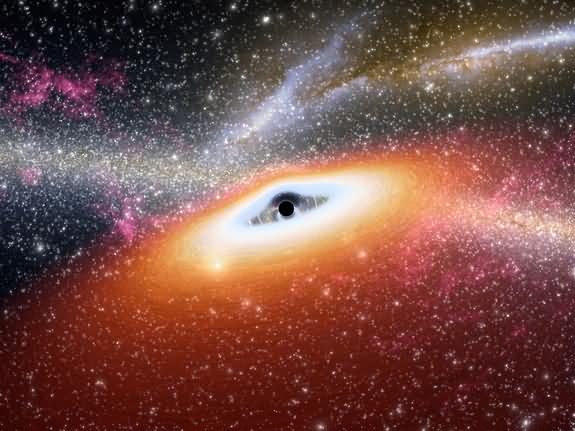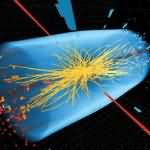Questions Answered About Jupiter's Red Spot
The Red Spot is one of the most mystical things in the solar system. This massive storm, capable of engulfing two or three worlds, should have ended a few centuries ago. But it's still here.
Pedram Hassanzadeh, a postdoctoral fellow at Harvard University, and Philip Marcus, a professor of fluid dynamics at the University of California, Berkeley, believe they may be able to explain this mystery. Their work also suggests ocean eddies could contribute to star and planet formation.
“The current situation is that the red spot should have disappeared a few centuries after it formed, but it is still here,” Hassanzadeh said.
Turbulence and waves within and around the red spot are dissipating its energy. As its heat dissipates, its energy should also decrease. Ultimately, the red spot sits in the middle of two jet streams going in opposite directions. This should slow it down.
Some researchers suggest that the red spot conserves its energy by absorbing small vortices. "Computer models have shown that this works, but in reality, it's known that there aren't many vortices small enough to sustain the red spot for that long," Marcus said.
While the mystery remained, Hassanzadeh and Marcus created their own model. It differed from other models because it was 3D and had very high resolution. Most vortex models focused on horizontal winds, which are where most of the energy resides. But in reality, vortices have vertical winds but less energy.
“Previous modeling used only horizontal winds because they thought vertical winds were unimportant, or they added very small vertical winds because they were quite difficult to model,” Hassanzadeh said.
And finally, it was understood that vertical winds held the solution to the mystery of the red spot. While these vertical winds brought cold gases from above to the center, they also brought hot gases from below to the center. This replenished the vortex's lost energy. The model also showed that winds were stolen from the jet streams, thus pumping energy into the vortex.
Hassanzadeh thinks this modeling could also be used to explain why vortices on Earth last so long.
Source:



